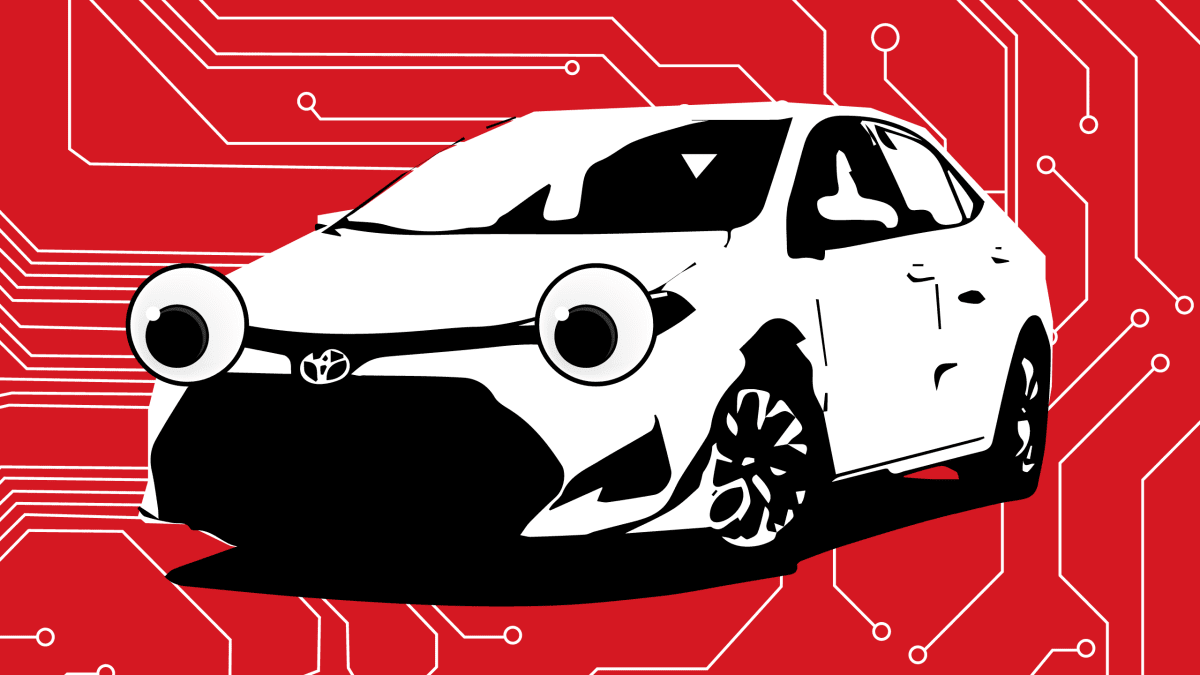
the reinforcement gap – or why some Recent advancements in artificial intelligence (AI) have highlighted a phenomenon known as the “reinforcement gap,” where certain AI skills, particularly those utilizing reinforcement learning, are improving at an unprecedented rate, potentially outpacing other areas of AI development.
the reinforcement gap – or why some
Understanding Reinforcement Learning
Reinforcement learning (RL) is a subset of machine learning where agents learn to make decisions by receiving rewards or penalties based on their actions within an environment. This approach mimics how humans and animals learn from their experiences. The agent explores various strategies and gradually optimizes its performance by maximizing cumulative rewards over time.
Key Components of Reinforcement Learning
Reinforcement learning consists of several critical components that contribute to its effectiveness:
- Agent: The learner or decision-maker that interacts with the environment.
- Environment: The external system with which the agent interacts, providing feedback based on the agent’s actions.
- Actions: The choices available to the agent at any given time.
- Rewards: Feedback signals that inform the agent about the success of its actions.
- Policy: The strategy employed by the agent to determine its actions based on the current state of the environment.
Through trial and error, agents learn to navigate their environments more effectively, leading to significant improvements in performance over time. This learning process is particularly effective in complex, dynamic environments, making RL a powerful tool in various applications, from gaming to robotics.
The Acceleration of AI Skills
Recent developments in reinforcement learning have led to remarkable achievements, particularly in areas such as gaming, autonomous vehicles, and robotics. For instance, AI systems have demonstrated the ability to outperform human experts in complex games like Go and StarCraft II. These successes can be attributed to several factors:
Advancements in Algorithms
One of the primary drivers of the rapid improvement in RL capabilities is the development of more sophisticated algorithms. Techniques such as deep reinforcement learning, which combines deep learning with RL, have enabled agents to process vast amounts of data and learn from it more effectively. This synergy has resulted in significant performance gains across various tasks.
Increased Computational Power
The availability of powerful hardware, including Graphics Processing Units (GPUs) and specialized AI chips, has also played a crucial role in accelerating RL advancements. These technologies allow for faster training of models, enabling researchers and developers to experiment with more complex environments and larger datasets.
Rich Datasets and Simulation Environments
The accessibility of rich datasets and advanced simulation environments has further contributed to the rapid progress in RL. By leveraging synthetic environments, researchers can create diverse scenarios for agents to learn from, allowing for more robust training and generalization of skills.
The Reinforcement Gap
Despite the impressive advancements in reinforcement learning, a concerning disparity has emerged within the AI landscape. While RL-based tasks are progressing rapidly, other areas of AI, such as natural language processing (NLP) and computer vision, are not experiencing the same level of acceleration. This disparity has led to what is being termed the “reinforcement gap.”
Implications of the Reinforcement Gap
The reinforcement gap poses several implications for the broader AI industry:
- Competitive Disadvantages: Organizations that focus heavily on RL may gain a competitive edge, leaving those that do not adopt these techniques at a disadvantage. This could lead to a concentration of expertise and resources within a select group of companies.
- Resource Allocation: As reinforcement learning continues to dominate, funding and research efforts may disproportionately favor RL, potentially stifling innovation in other areas of AI.
- Skill Disparities: The rapid advancement of RL skills may create a skills gap in the workforce, with fewer professionals trained in other AI disciplines. This could hinder the development of well-rounded AI solutions that integrate multiple approaches.
Stakeholder Reactions
The emergence of the reinforcement gap has elicited varied reactions from stakeholders across the AI ecosystem, including researchers, industry leaders, and policymakers.
Researchers’ Perspectives
Many researchers express concern over the reinforcement gap, emphasizing the need for a balanced approach to AI development. Some argue that while RL offers significant benefits, it should not overshadow other important areas of research. They advocate for interdisciplinary collaboration to ensure that advancements in one domain do not come at the expense of others.
Industry Leaders’ Views
Industry leaders are also taking note of the reinforcement gap. Companies heavily invested in RL technologies are keen to capitalize on their advantages, while those focused on NLP and computer vision are exploring ways to integrate RL into their existing frameworks. This has led to increased interest in hybrid models that combine various AI techniques to create more comprehensive solutions.
Policy Implications
Policymakers are beginning to recognize the potential consequences of the reinforcement gap. As AI continues to evolve, there is a growing need for regulations and guidelines that promote balanced research and development across all AI domains. Ensuring equitable access to resources and opportunities for innovation will be crucial in addressing the disparities created by the reinforcement gap.
Future Directions
Looking ahead, several strategies can be employed to address the reinforcement gap and foster a more equitable AI landscape:
Encouraging Interdisciplinary Research
Promoting interdisciplinary research initiatives can help bridge the gap between reinforcement learning and other AI disciplines. Collaborative projects that integrate RL with NLP, computer vision, and other areas can lead to innovative solutions that leverage the strengths of multiple approaches.
Investing in Education and Training
To mitigate the skills gap, educational institutions and organizations should invest in training programs that encompass a wide range of AI techniques. By equipping the workforce with diverse skills, the industry can foster a more adaptable and innovative environment.
Fostering Inclusive Innovation
Encouraging inclusive innovation practices can help ensure that advancements in AI benefit a broader range of stakeholders. By prioritizing diversity in research teams and promoting equitable access to resources, the AI community can work towards a more balanced development trajectory.
Conclusion
The reinforcement gap highlights a critical juncture in the evolution of artificial intelligence. While reinforcement learning continues to achieve remarkable progress, it is essential for the AI community to recognize and address the disparities that may arise. By fostering collaboration, investing in education, and promoting inclusive innovation, stakeholders can work together to ensure that all areas of AI development thrive, ultimately benefiting society as a whole.
Source: Original report
Was this helpful?
Last Modified: October 6, 2025 at 2:54 am
0 views















